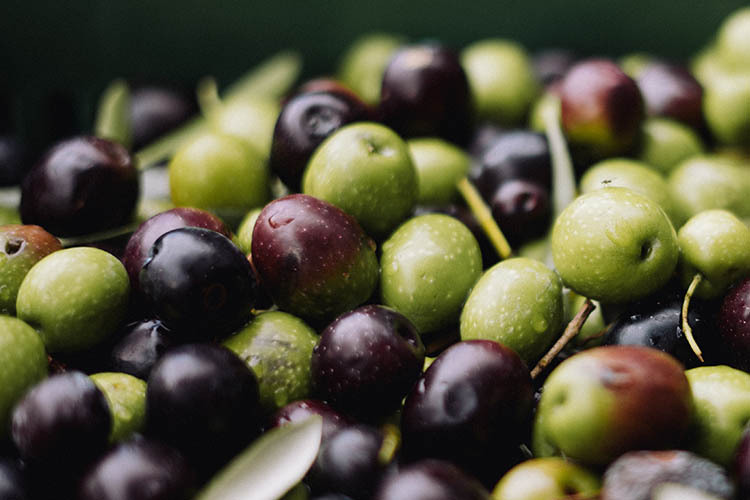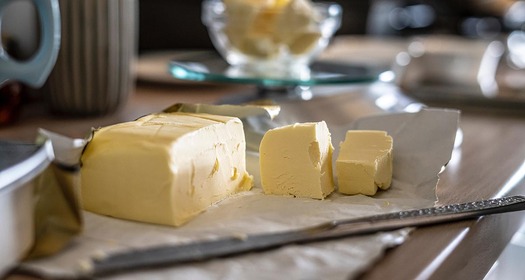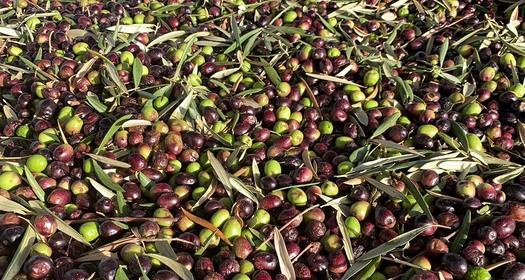
The olive is a staple of Mediterranean cuisine and has been cultivated for centuries. The fruit of the olive tree, olives are used in a variety of dishes, from appetizers to main courses. Olives are also a source of oil, which is used in cooking and cosmetics.
The olive has a long history, dating back to the Bronze Age. The first mention of olives in literature is from Homer’s Odyssey, in which Odysseus eats them on his journey home from Troy. The olive tree was also sacred to the goddess Athena, who is often depicted holding an olive branch.
Today, olives are grown in many Mediterranean countries, as well as California. Olives are harvested from October to November. The process of harvesting olives is called “green harvesting” because the fruit is picked before it ripens. After harvest, the olives are crushed to release their oil.
There are many different types of olives, which vary in color, size, and taste. The most common type of olive is the green olive, which is used in martinis and salads. Black olives are ripe green olives that have been cured in brine or oil. Kalamata olives are a type of black olive that originates from Greece.
Olives are a healthy food, as they are low in calories and fat. They are also a good source of vitamins E and K, as well as iron and calcium.
Olives in History
The olive tree is a symbol of peace and joy and has been celebrated in the cultural works of every society. Thomas Jefferson wrote: "The olive tree is surely the richest gift of Heaven". Aldous Huxley wrote: "…I like them all, but especially the olive. For what it symbolizes, first of all, peace with its leaves and joy with its golden oil."
Federico Garcia Lorca wrote: "Angels with long braids and hearts of olive oil." Lawrence Durrell wrote in Prospero's Cell, "The entire Mediterranean seems to rise out of the sour, pungent taste of black olives between the teeth. A taste older than meat or wine, a taste as old as cold water. Only the sea itself seems as ancient a part of the region as the olive and its oil, that like no other products of nature, have shaped civilizations from remotest antiquity to the present."
Olives in Greek Culture
The Greeks have long revered the olive tree as a symbol of peace and prosperity. The foliage of the olive tree has been used for centuries to represent victory, wisdom and peace. In Genesis, an olive branch was returned to Noah on the ark by a dove, signaling the end of the great flood. Olympic Games winners in ancient Greece were given olive-wreaths from Kroneio as trophies.
The olive and its oil have always held a special place in Greek culture. The ancient Greek gods were believed to be born under the branches of the olive tree. In Modern Greek Orthodox religion, spiritually purifying olive oil has a myriad of uses, from baptisms to the illumination of church and shrine lamps throughout the Greek world.
Greeks say, "We ate bread and olives together" to denote a good friendship. Today there are more than 686,000 olive producers in Greece (representing 6.5% of the total population) who care for more than 137 million olive trees. The olive is so integral to Greek culture that today Greece is the only country in Europe that still allows its civil servants time off to return to their villages of origin for the annual olive harvest.
So the next time you enjoy a meal with olives, take a moment to appreciate their long history and cultural significance.




